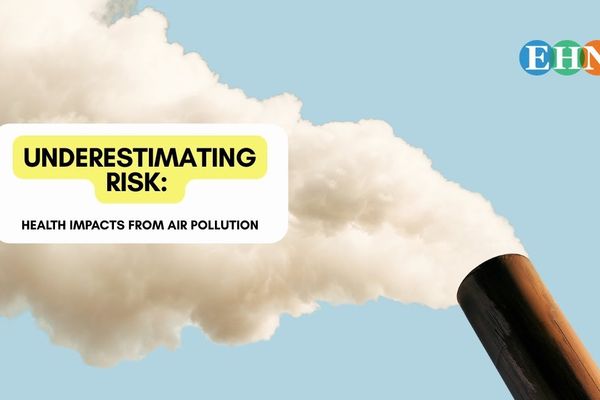
Most marine protected areas fail to offer true protection
A new study reveals that the majority of the world's largest marine protected areas (MPAs) fail to implement effective conservation measures, allowing destructive activities to persist.
Bing Lin reports for Inside Climate News.
In short:
- Only one-third of the world's largest MPAs have high or full protection, covering just 2.6% of the global ocean.
- Many MPAs are "paper parks," existing in name only without any real conservation measures in place.
- Some MPAs permit activities like mining and industrial fishing, undermining their conservation goals.
Key quote:
“There are 18,000 MPAs, but a hundred of them make up 90 percent of the area. These are the big needle movers.”
— Beth Pike, director of the Marine Protection Atlas
Why this matters:
Effective marine protection is vital to meeting international conservation targets and preserving marine biodiversity. The failure to implement meaningful protections jeopardizes global efforts to mitigate the impacts of climate change and human exploitation on our oceans. Read more: Can marine protected areas reduce marine disease?














